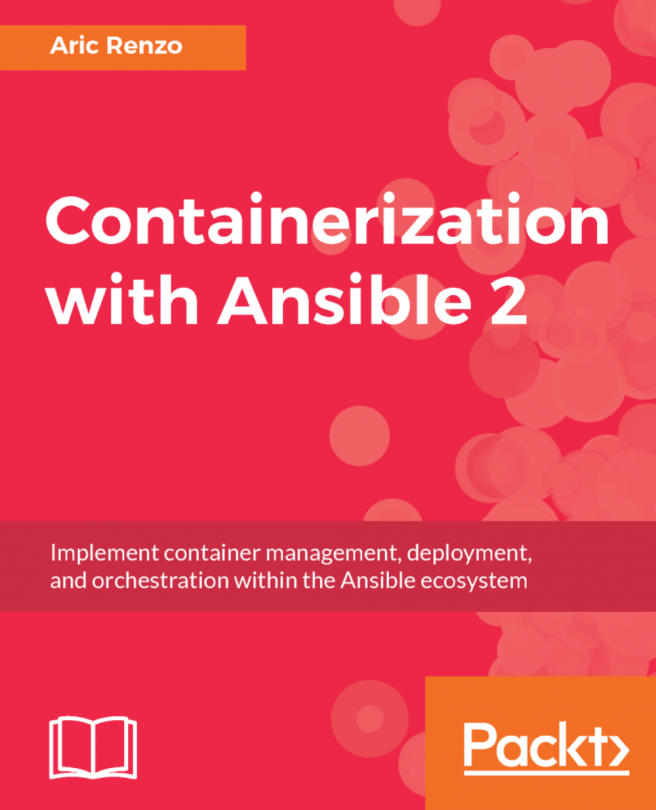In this chapter, we took a comprehensive overview of the MicroProfile specification and how to integrate it with Quarkus applications.
We started with an overview of the MicroProfile API and how it fits into the overall picture of cloud-based microservices. Then, we covered the major MicroProfile specifications.
First, we looked at the Health API and how it can report the liveness and readiness of your services. Then, we covered the Fault Tolerance API, which can be used to design resilient services. Next, we discussed the application's telemetry data and how it can be collected using the Metrics API. Another key aspect we covered was documenting of services and tracing the flow of requests, which can be carried out using the OpenAPI and tracing specifications. Finally, we learned how to create REST clients to simplify our interaction with remote services.
By now...













































































